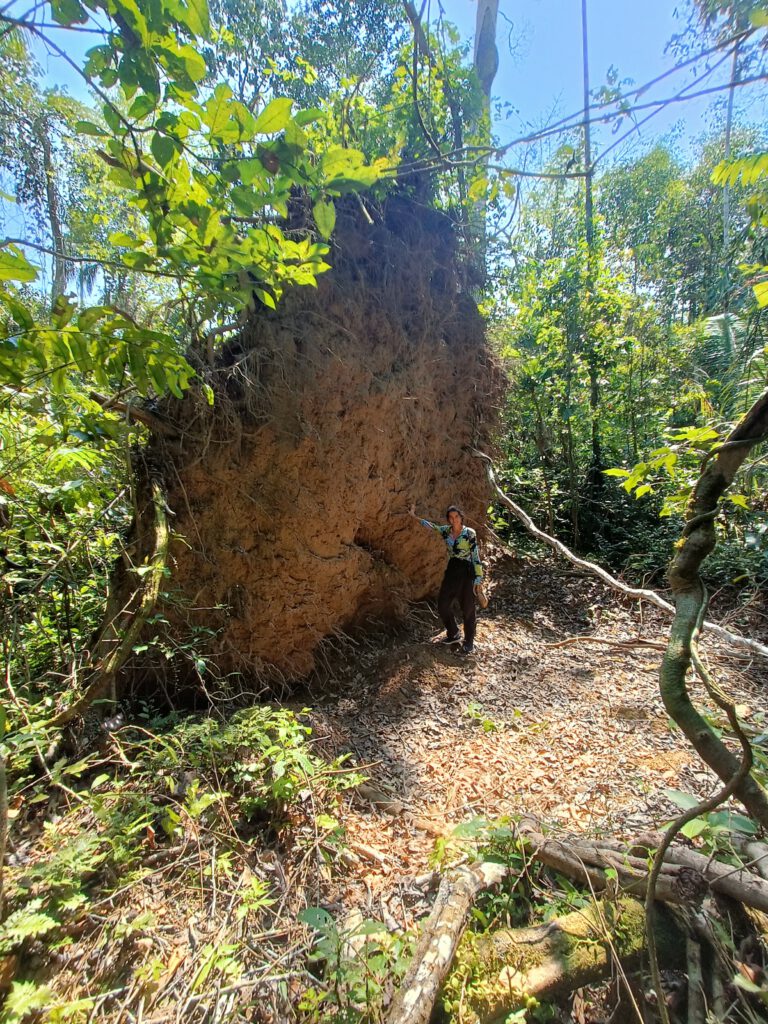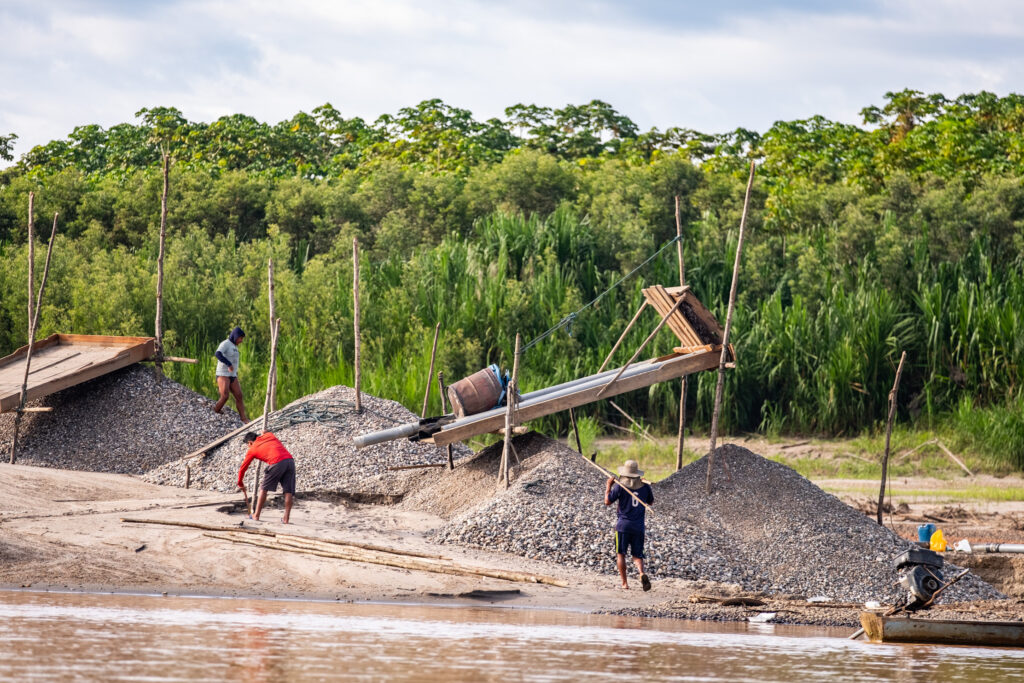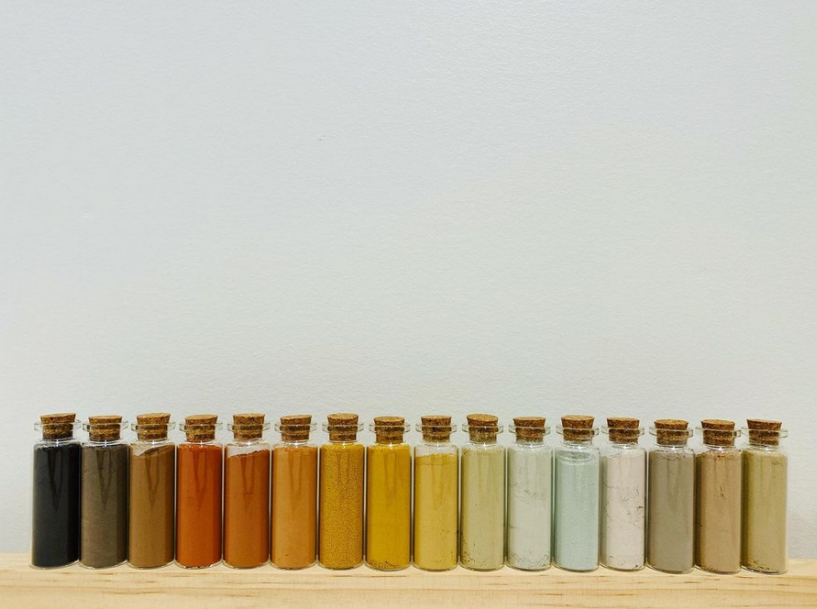BLOG
EN LA AMAZONIA:
CIENCIA DEL SUELO COLABORATIVA
INTO THE AMAZON:
COLLABORATIVE SOIL SCIENCE


At the end of 2023 the soil science team of PRODIGY had the opportunity to conduct a field campaign with the participation of two Bolivian students from the Universidad Amazónica de Pando (UAP), two Peruvian students from the Universidad Nacional de San Antonio Abad de Cuzco (UNSAAC) and Universidad Nacional Amazónica de Madre de Dios (UNAMAPD) and five students from the Leibniz University Hannover, Germany. During a two-month fieldwork, the students learned about traditional and new economic activities in the MAP region (Brazil nut, açaí and cacao collection, logging, cattle ranching) by visiting many private properties and concessions.
GOLDBAU IM PERUANISCHEM AMAZONAS
LA MINERÌA DE ORO EN LA AMAZONÍA PERUANA
Eine Bedrohung für die Menschliche Sicherheit
Illegaler Goldbergbau bedroht nicht nur die Artenvielfalt im peruanischen Amazonas, sondern gefährdet auch die Gesundheit und die Lebensgrundlagen vieler Menschen, die in und um die Goldbergbaugebiete leben. Die Regierung versucht mit der Formalisierung des Goldbergbaus mehr Kontrolle zu erlangen, während sie gleichzeitig mit Unterstützung der Umweltpolizei und des Militärs die illegalen Goldgräber vertreibt und ihre Lager zerstört. Bisher waren diese Initiativen nur mäßig erfolgreich, während die Menschliche Sicherheit in den Gebieten weiterhin prekär ist.

[Photo credit: Jason Houston/CINCIA]
TROPISCH TROCKEN
Der austrocknende Regenwald: Vom Einfluss der Dürre in den Tropen.
Regenwald und Dürre passen gedanklich nicht zusammen. Während uns bei Dürre die Bilder rissiger Böden und ausgetrockneter Flussläufe in den Sinn kommen, denken wir bei Regenwald in erster Linie an tropfnasse Wälder und weite Flusslandschaften. Dennoch ist Dürre ein weit verbreitetes Phänomen, das die meisten Ökosysteme, insbesondere feuchte Gebiete mit viel Niederschlag betrifft (Garcia et al. 2018). Dürre ist aber nicht nur ein klimatisches Phänomen, sondern wird stark durch Boden und Gesellschaft mitgeprägt.
IT’S SOIL TIME
Despite Einstein’s claim time being an illusion, it seems to be relative in soils: many types of bacteria double every 20 minutes (under cozy conditions), a plant usually germinates between 1 and 2 weeks, an earthworm lives on average two years in nature, and, in the Amazon rainforest, trees can become 1000 years old. Although these forests were probably formed during the Eocene era (56 to 34 million years ago), but it was only during the Devonian age (416 to 359 million years ago) that the first plants adapted efficiently to live on land.
But first, what are soils good for?







